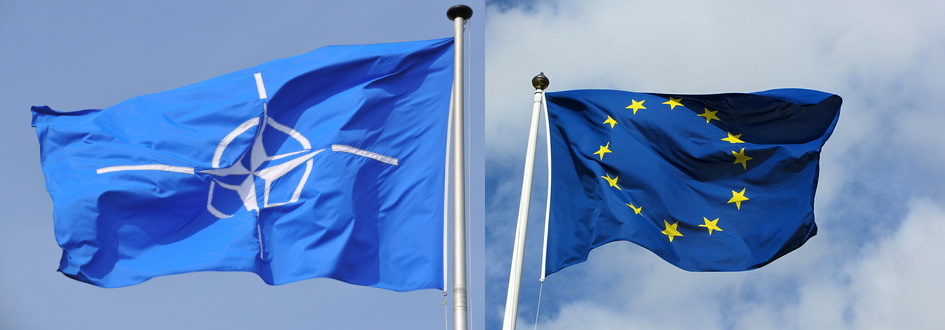
For a New NATO-EU Bargain

NATO and the European Union (EU) are both engaged in a continuous cycle of adaptation, witness in 2021 the NATO 2030 process on the NATO side, and the Strategic Compass on the EU side. These two exercises aim to look forward to how both institutions can better respond to ever-changing risks and threats. One key dimension in this debate is the optimal division of tasks between NATO and the EU, so that what they do together and in a coordinated manner is bigger than what they do separately or in a disorderly way.
The issue of NATO-EU cooperation is obviously not new and has been at the heart of the development of the EU’s Common Security and Defence Policy (CSDP) since the late 1990s. This ties into at least three levels of debate that pertain to: the relationship and complementarity between the two organizations; the issue of what European states do within NATO; and the broader transatlantic bond. This said, twenty years of debates and inter-institutional cooperation have fallen short of clarifying what the two institutions must do in relation to each other. Most importantly, the NATO-EU conundrum is hampered by a series of never-met objectives and pledges, as well as by frictions on issues such as duplication, overlap, European strategic autonomy and burden-sharing.
Against this background, this paper takes stock of these unmet objectives and offers a broad picture of what a division of tasks between NATO and the EU could possibly look like. The analysis is intentionally bold and puts forward a number of proposals that are undeniably contentious. It nonetheless draws on an observation of long-term and more recent trends, and aims at feeding the debate about the future of the two main European security institutions and the way they can interlock better.
(Photo credit: combined photo with NATO flag -source NATO and EU-flag – source Flickr, by bobbsled)